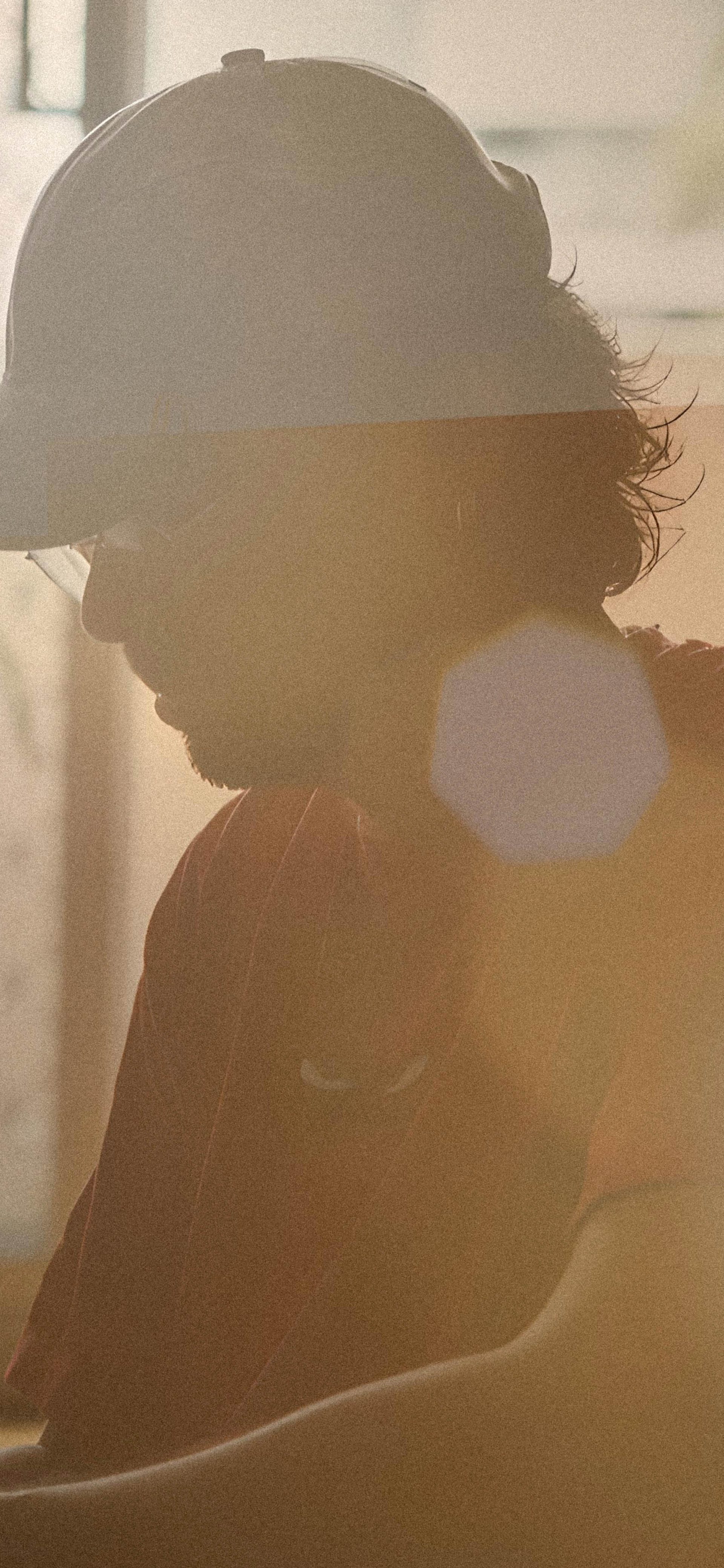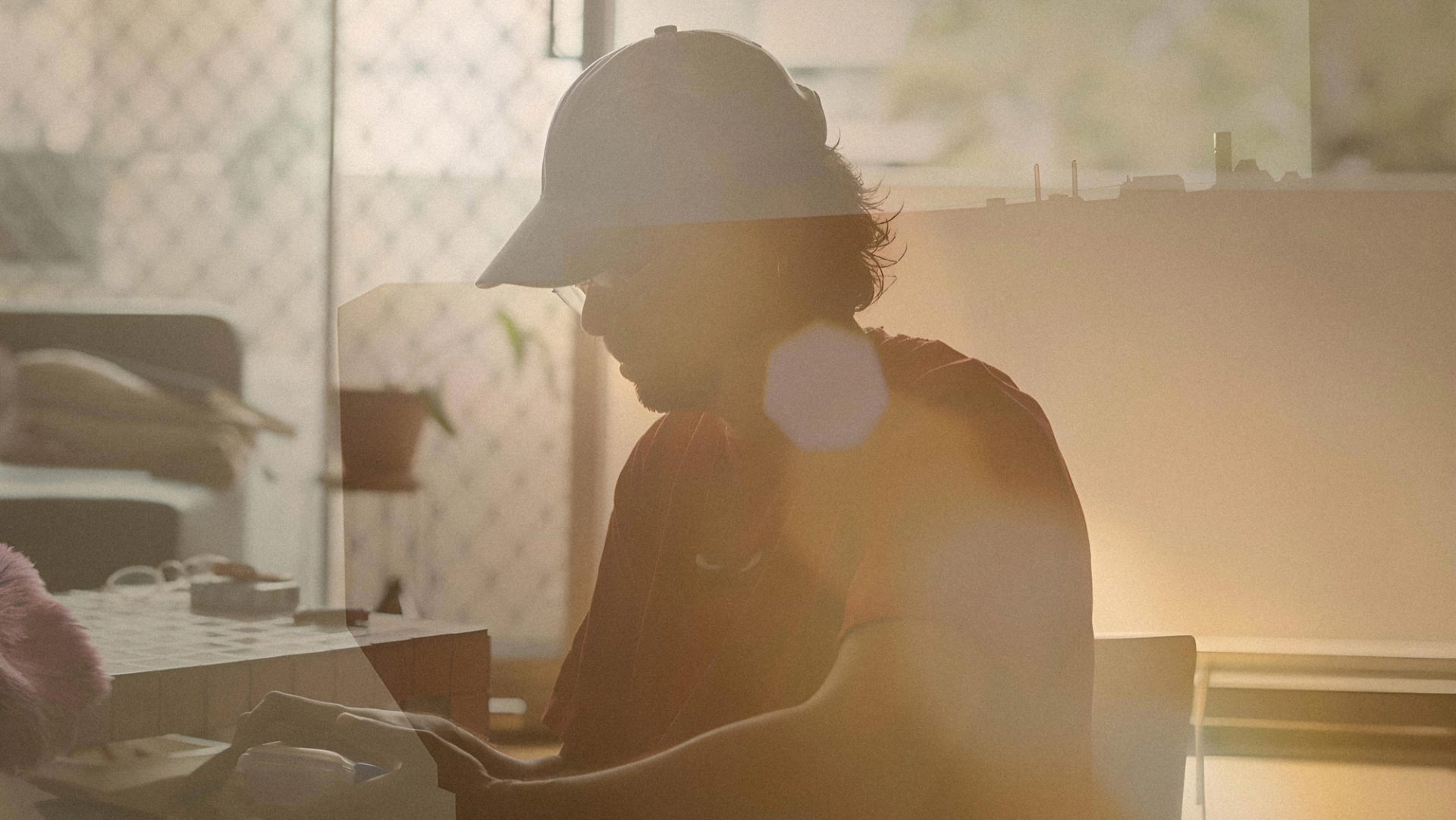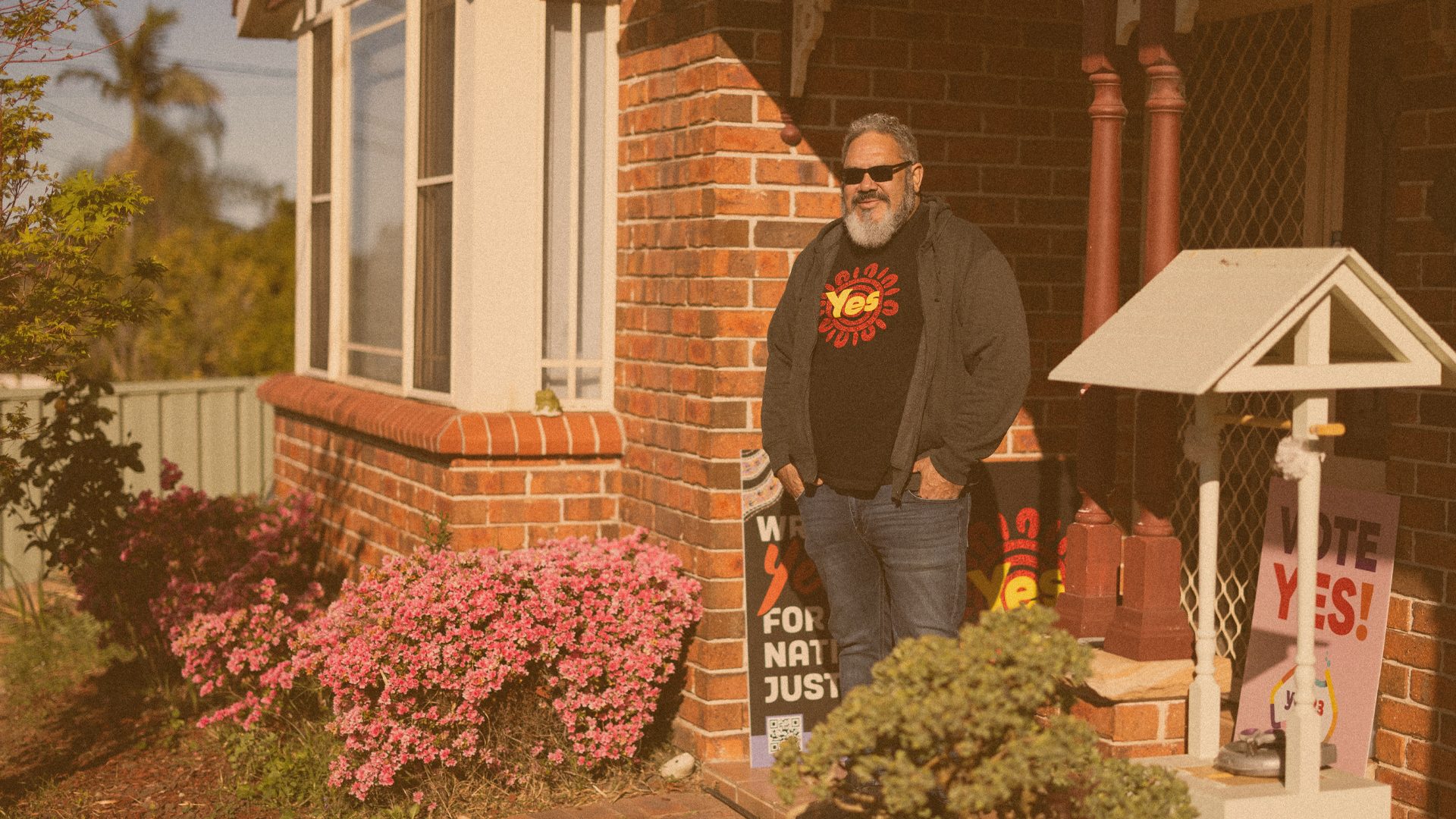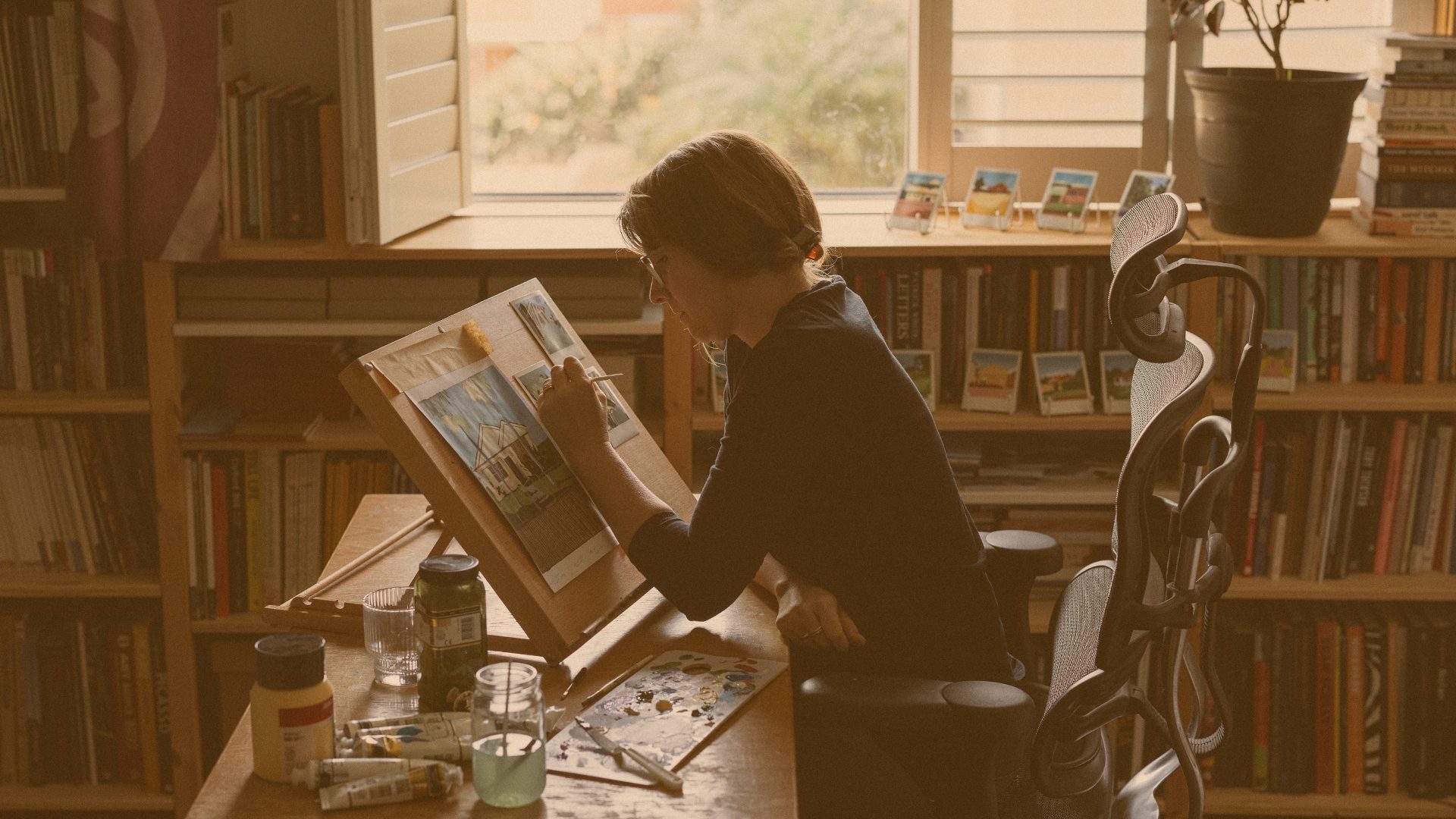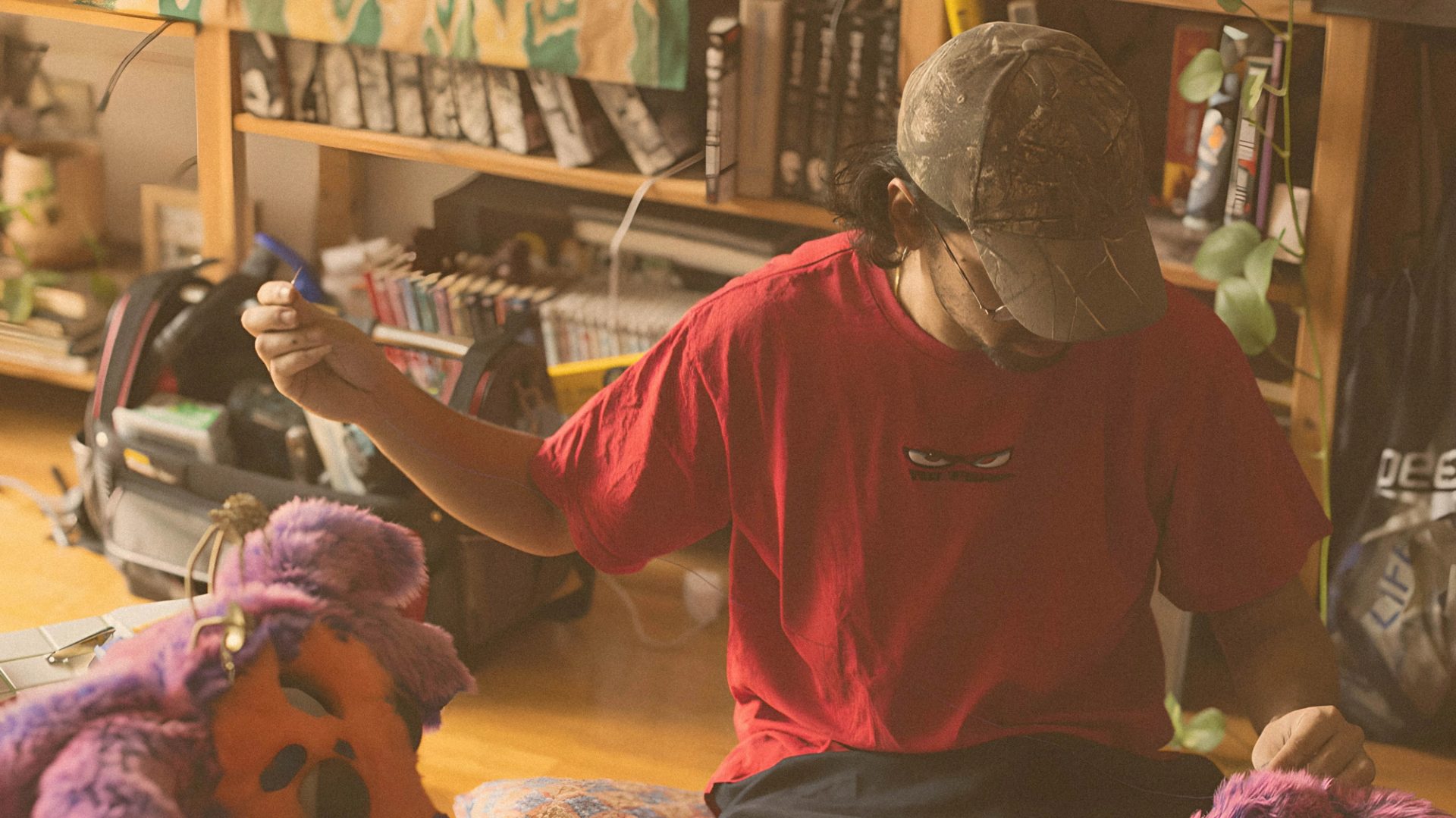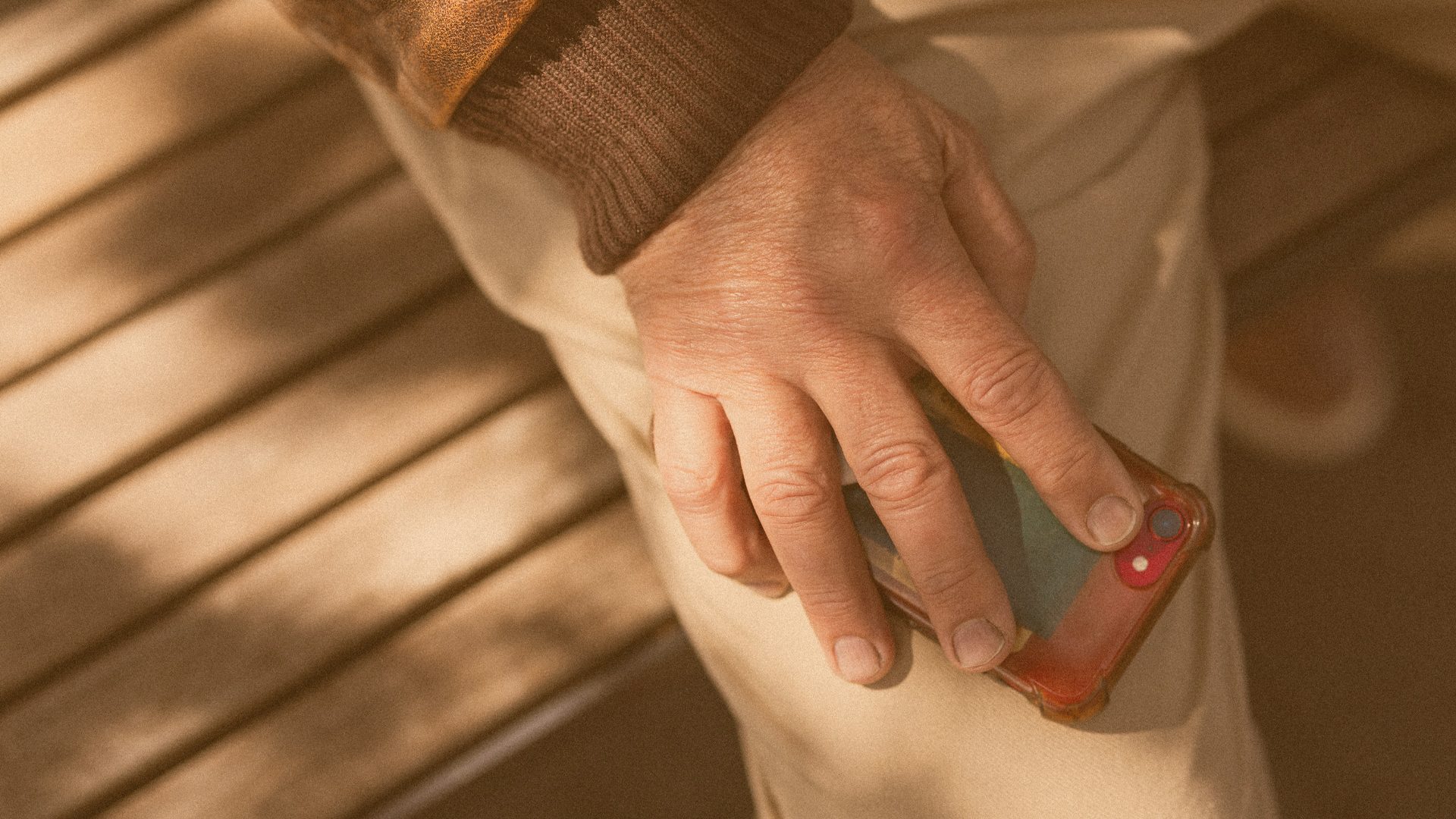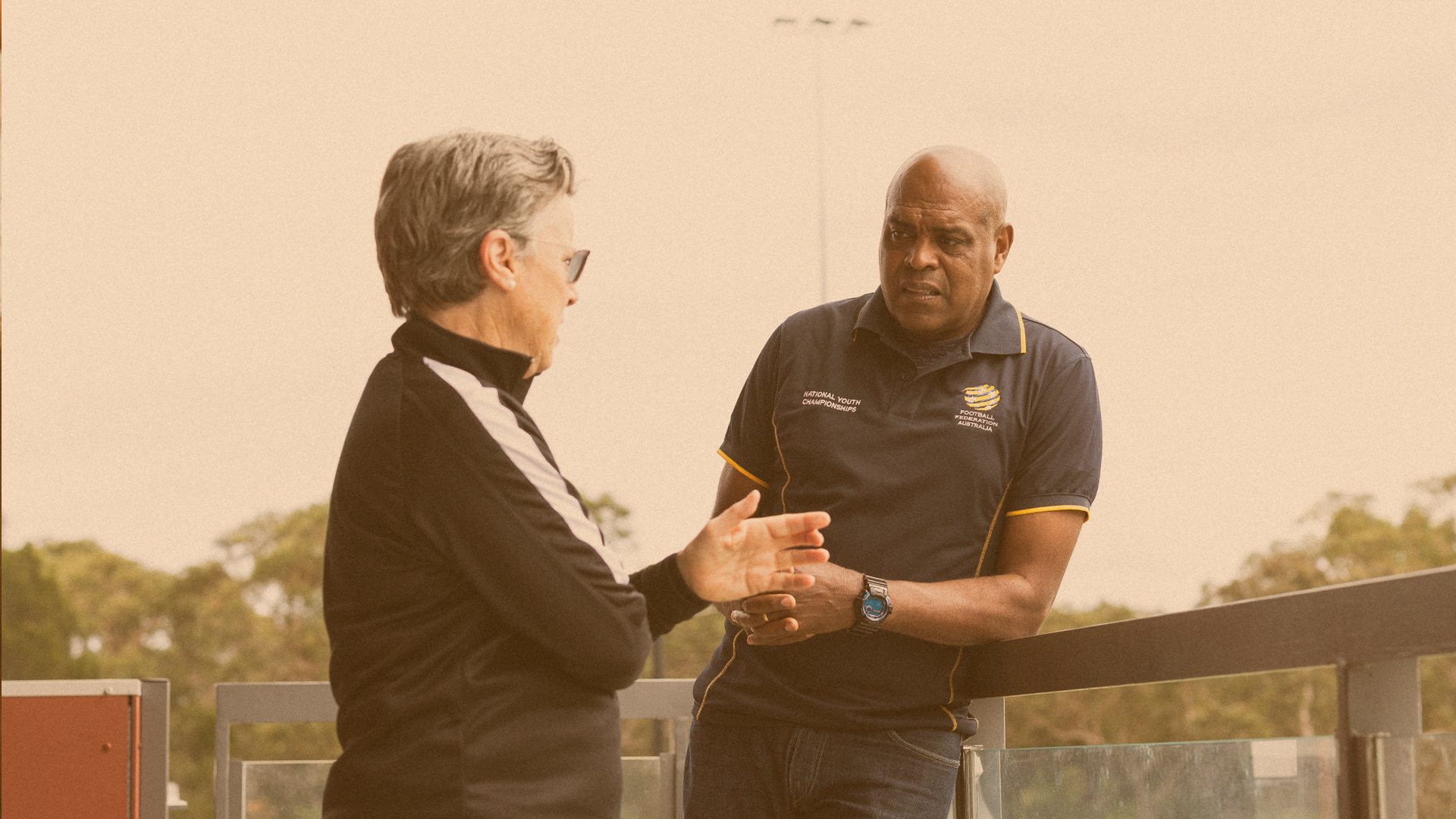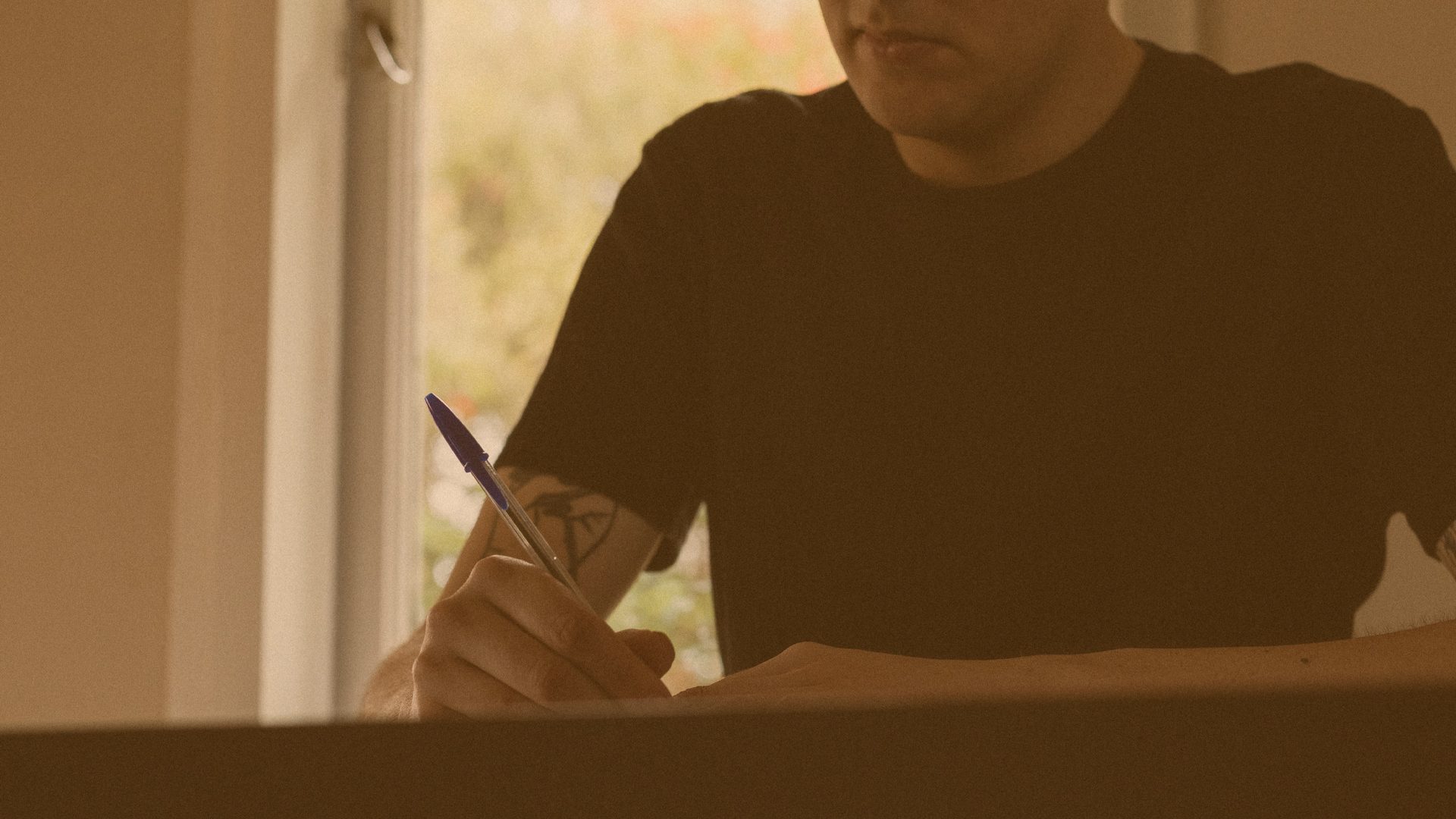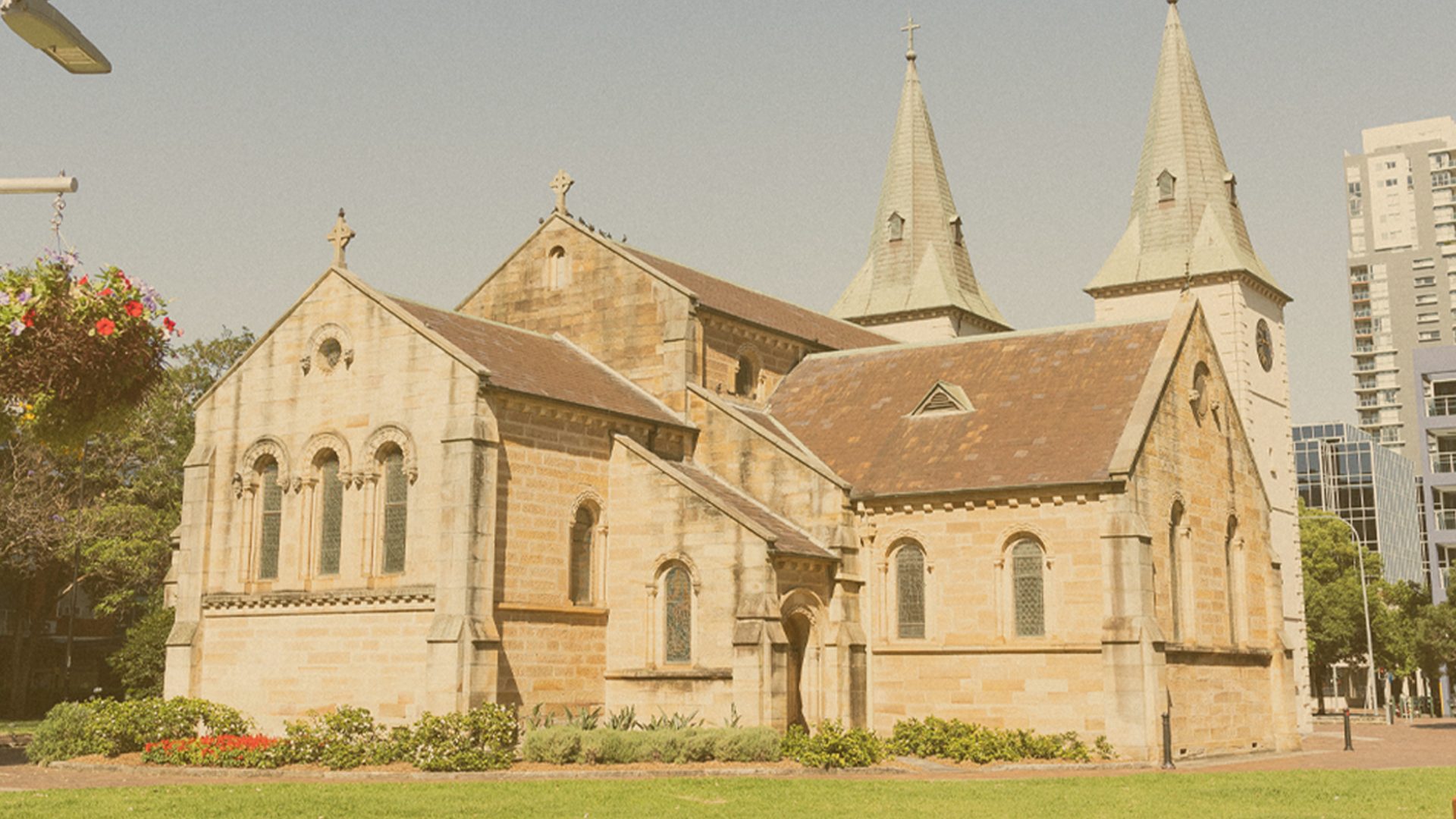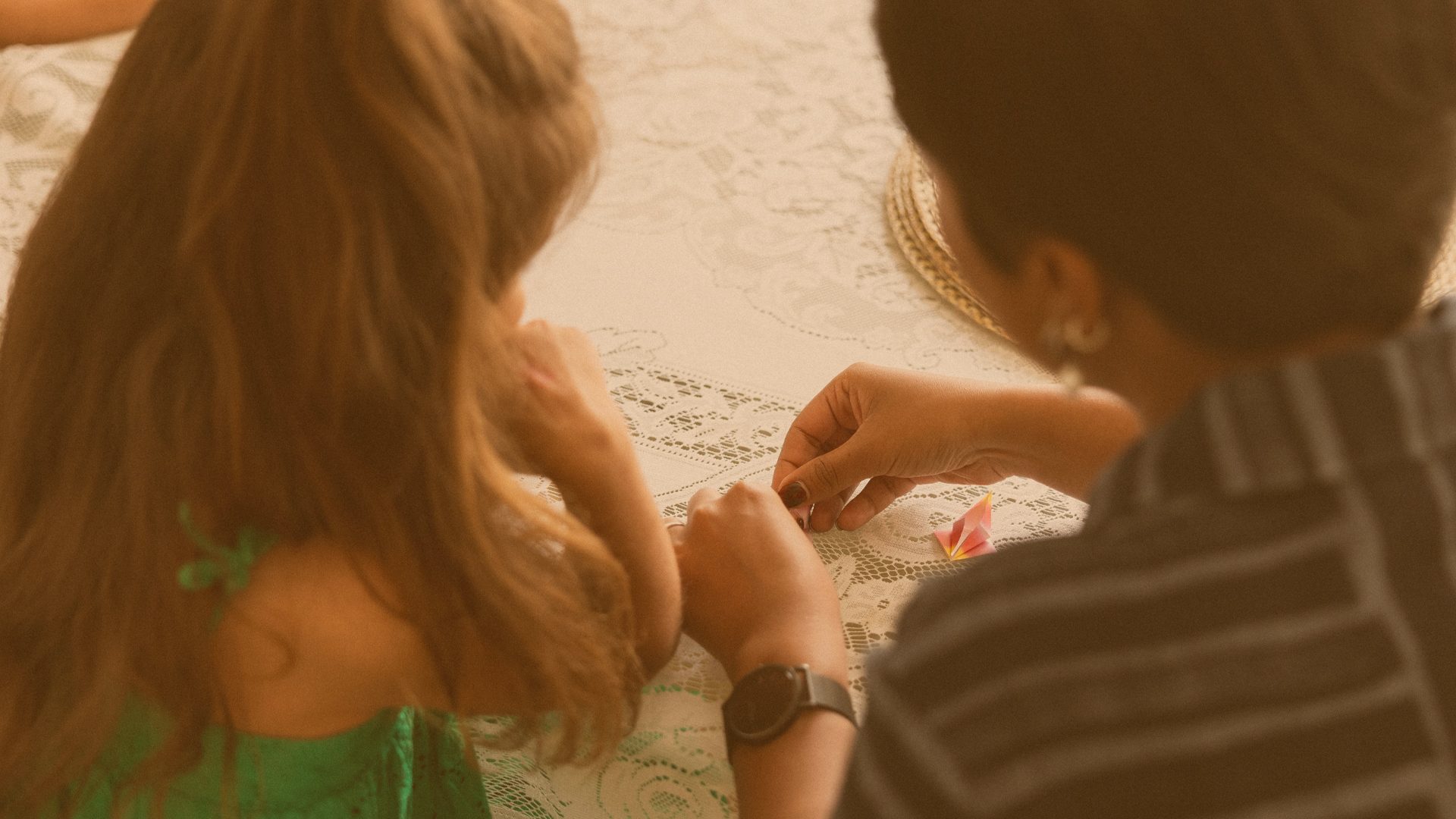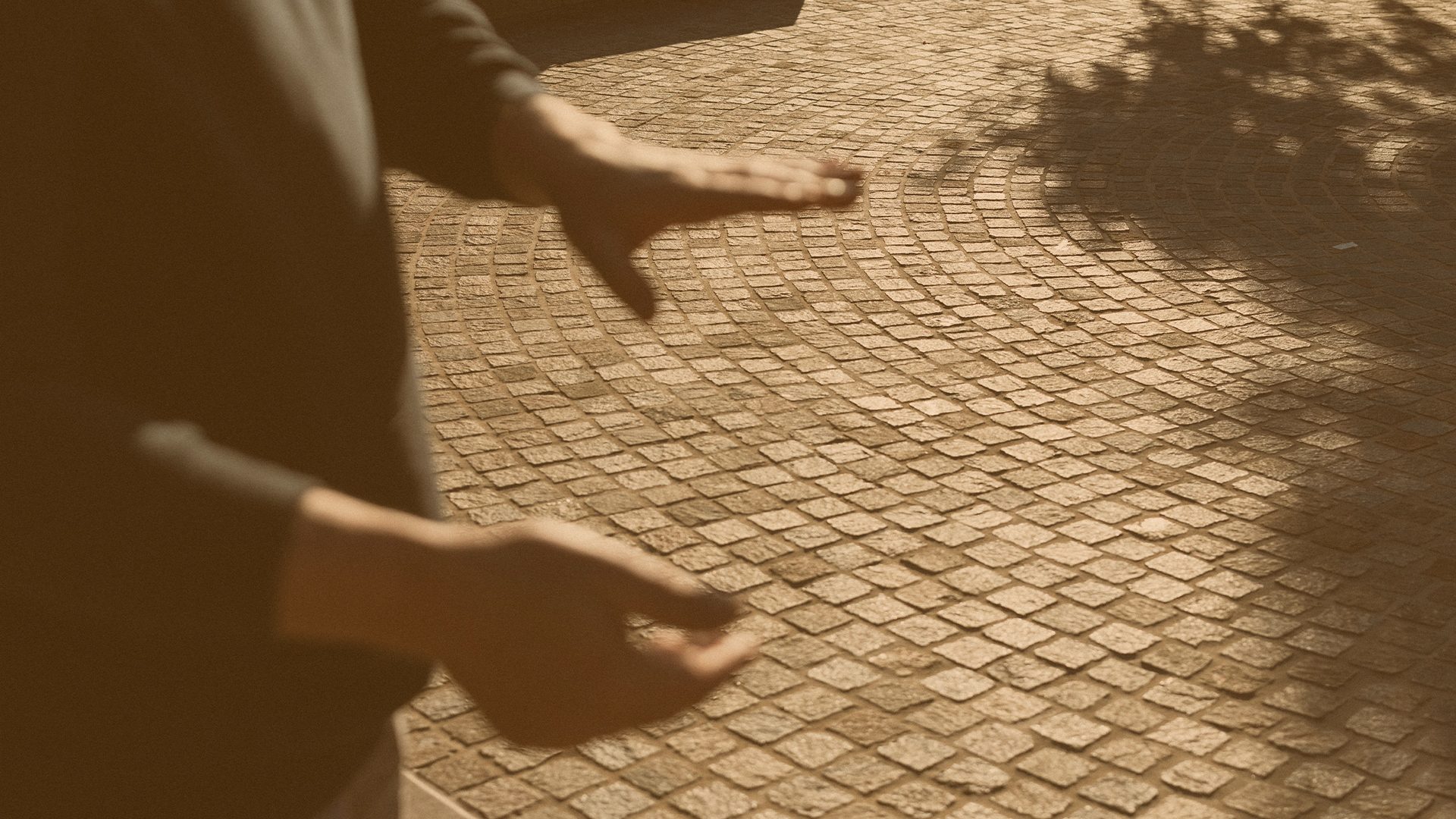Parramatta Profiles: An introduction

An introduction by project editor Ellen O'Brien to 12 conversations with locals across Parramatta communities. A collaboration with The Writing and Society Research Centre, Western Sydney University.
How do you define a city? It depends on who you ask and when you ask them.
As a child, I often travelled from the small coastal town where I was born to visit family around the Parramatta and Blacktown areas, as well as in Penshurst and Hurstville and the Inner West. I viewed each residence as roughly the same, all located in Sydney, the big smoke, the perceived land of opportunity. I felt I needed to escape the place I was born to move to Sydney, anywhere in Sydney, to become educated and find work and live a ‘good’ life. It wasn’t until as a young adult, when I did exactly that, I realised the Sydney I saw as a cohesive unit was so clearly demarcated.
Someone I met that first year at the University of Sydney proudly told me he’d never been further south or west than the campus itself, a claim I initially didn’t quite believe. Parramatta wasn’t his city, and if it was mine ‒ because it was, at that point, the Sydney I knew most intimately ‒ then I mustn’t belong to his, which mainly existed north of the bridge. All of this felt ludicrous to me, coming from the country. The campus was only an hour away from Parramatta on the train, roughly the time I’d spent travelling to school each morning on the bus back at home.
We can also understand a place through our connection to the people who live there. And communities are never a uniform group, but rather individuals with their own unique histories and relationships to the land they live with and depend on.
I see now how these interactions from when I was younger illustrate the way a place is so often defined by outsiders based on their homogenised understanding of the people who live there. My university peer saw Parramatta as a place that was ‘other’, filled with people not like him, with whom he had no relationship. But we can also understand a place through our connection to the people who live there. And communities are never a uniform group, but rather individuals with their own unique histories and relationships to the land they live with and depend on. We hear their stories about a place, with all their minute and innocuous details, and our own stories begin to wrap around them. Even if we are not from or haven’t lived in that area ourselves, through our relationality we can have an understanding of how to relate to that place.
This speaks to me deeply as an Aboriginal person who did not grow up on and has not lived on her ancestral Country or the lands from which her settler ancestors came, and who doesn’t even live in the place where she was born. Even with an unstable idea of what I might call ‘home’, I can still have a relationship to many places through stories and my connection to the people who tell those stories.
These stories and relationships are precisely what is captured in the collection titled Parramatta Profiles. Parramatta – properly called Burramatta, or Dharug Country ‒ is, as one contributing writer Narelle Roberts puts it, ‘defined by the people who live, work and raise their families within its imagined boundaries’.
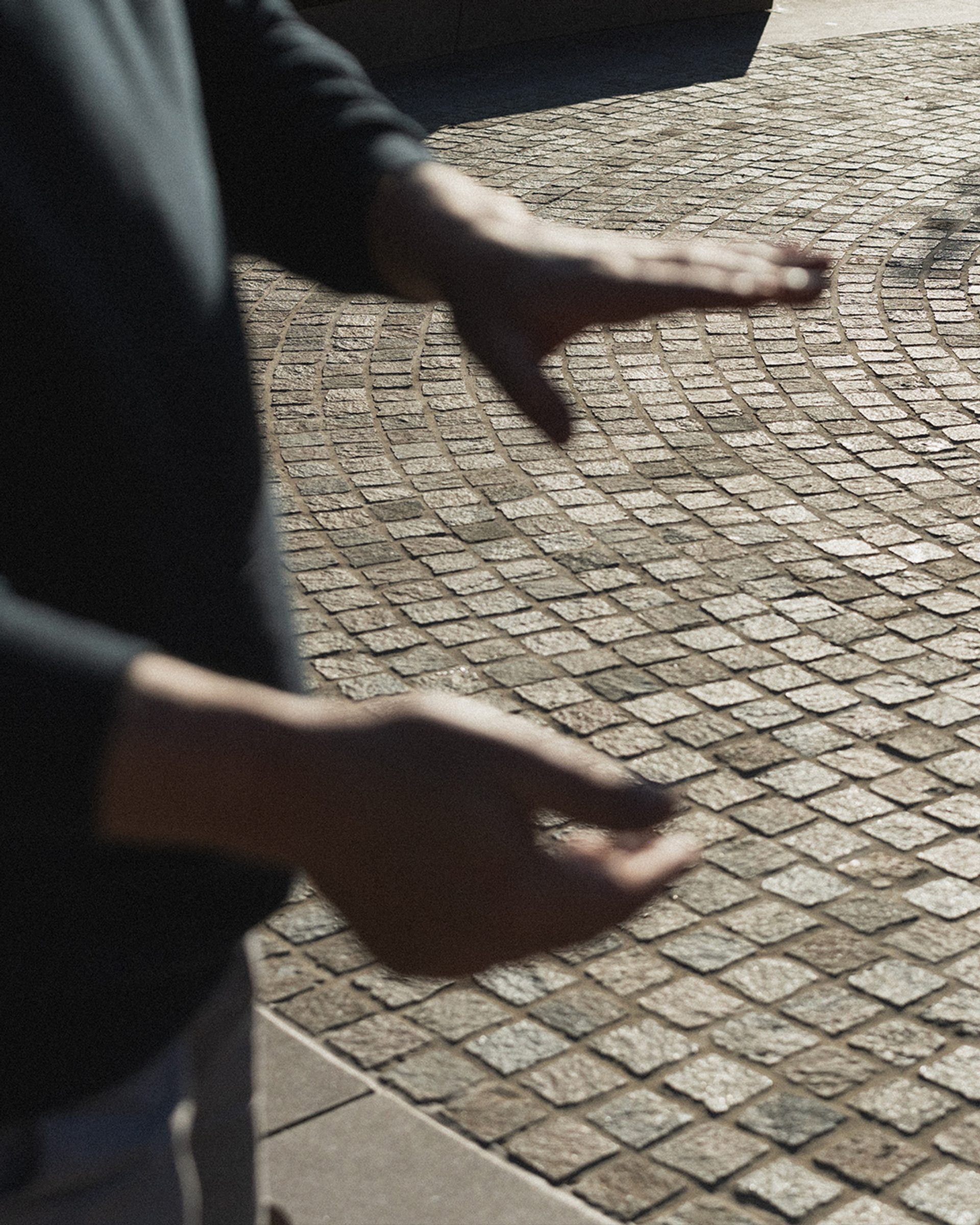
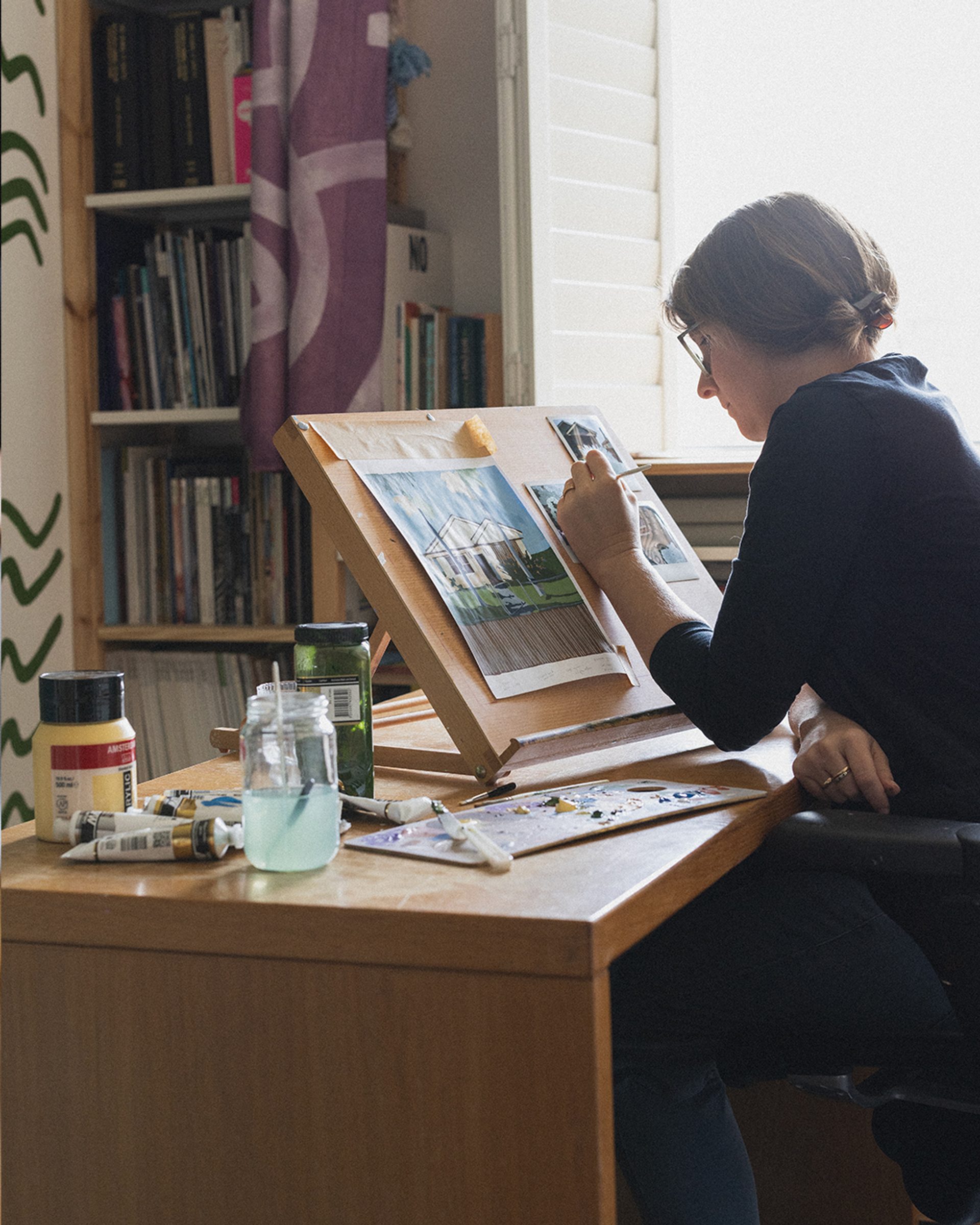
This set of profiles illustrates how our memories, and therefore our stories, are attached to every small and non-descript area of a city, like in Deborah Prospero’s profile of Bruno Stramandinoli, who helped build Parramatta Square. Bruno shares how he is still familiar with places in the Square that might otherwise be meaningless to the thousands of pedestrians who pass through it every day: ‘that guy yelled at me here, this thing happened over there’. As artist Hayley Megan French told Ashleigh Dalzell, ‘Photography became a form of notetaking; what makes a suburb also makes a home’. French’s series The Pipeline, consisting of painted-over Polaroid photos, captures previously unnoticed details of her Guildford neighbourhood.
Elyssa Vickers also captures the importance of spaces that otherwise seem unremarkable or even empty; the subject of her profile, Angelo Frelingos, shares that what looks like ‘a deep construction hole’ in one of his photos is the site of his Greek Orthodox community’s church. ‘I guess it’s quite insignificant to anybody else,’ Angelo tells Elyssa, ‘But my church was right there. I was married on that spot and my kids were christened there. It holds special value to me.’ This comment makes me think of how value is assigned to place, particularly within a colonial context, and how Indigenous relationships to certain locations that may look like ‘nothing’ through a colonial gaze continue to be discounted.
This thread is picked up in Farz Edraki’s profile of literary powerhouse Yumna Kassab, whose book The Lovers contains an image drawn from a ‘house now long gone … bulldozed. And a new two storey house built in its place.’ As Yumna explains, these kinds of dwellings – no longer valuable – are disappearing from the Parramatta area, a place Yumna calls the centre of her universe, based on her relationship not only to the place but the people who live there.
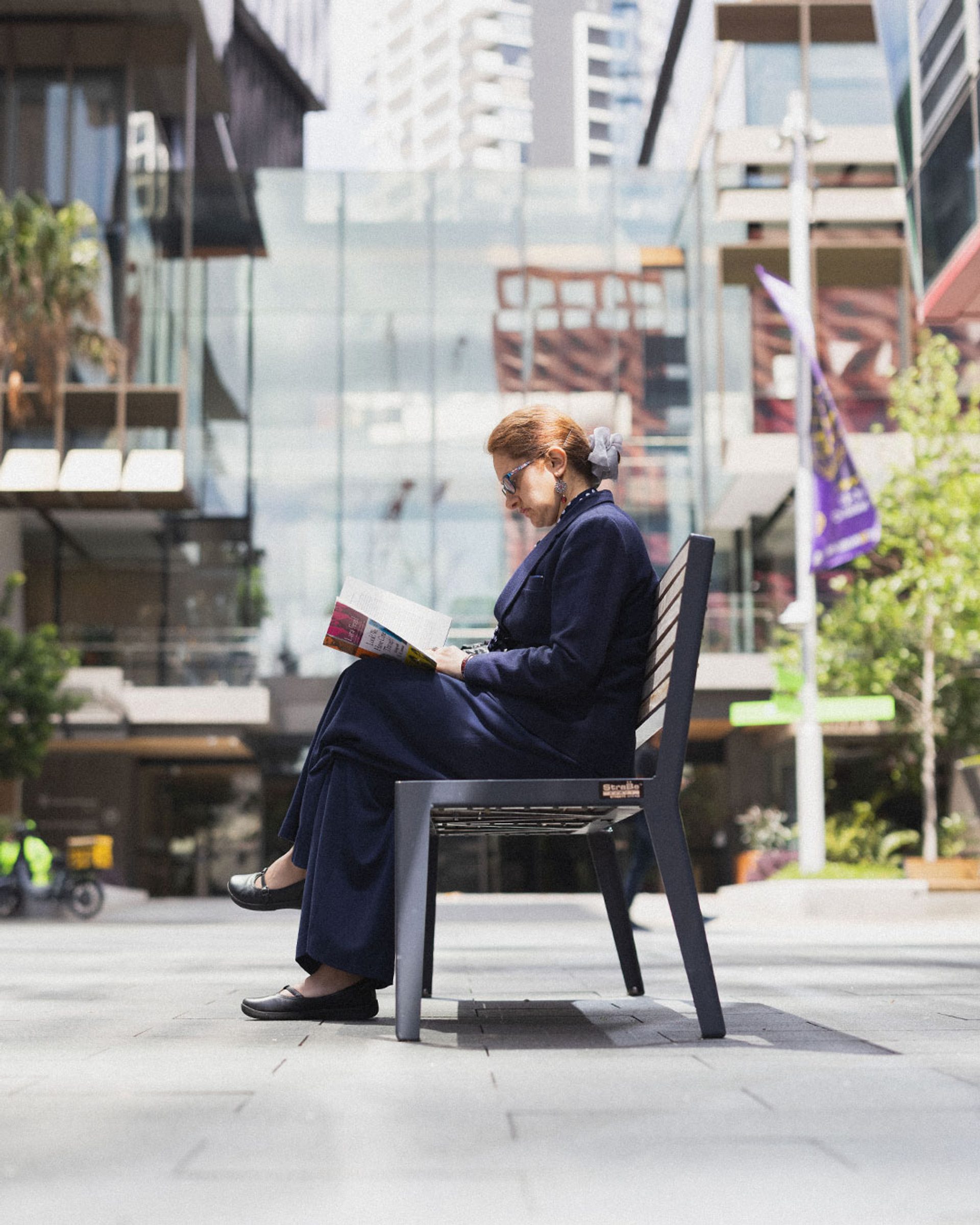
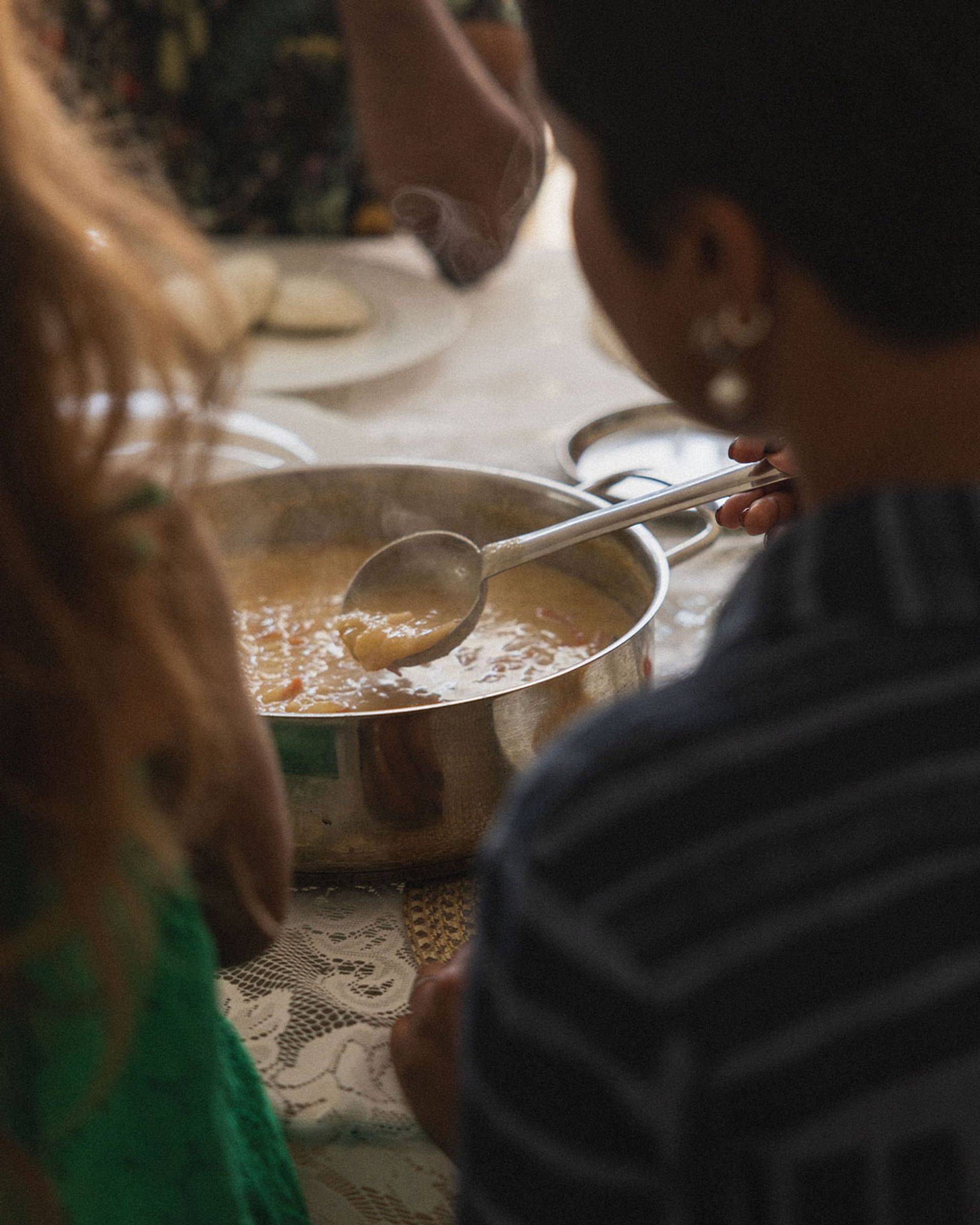
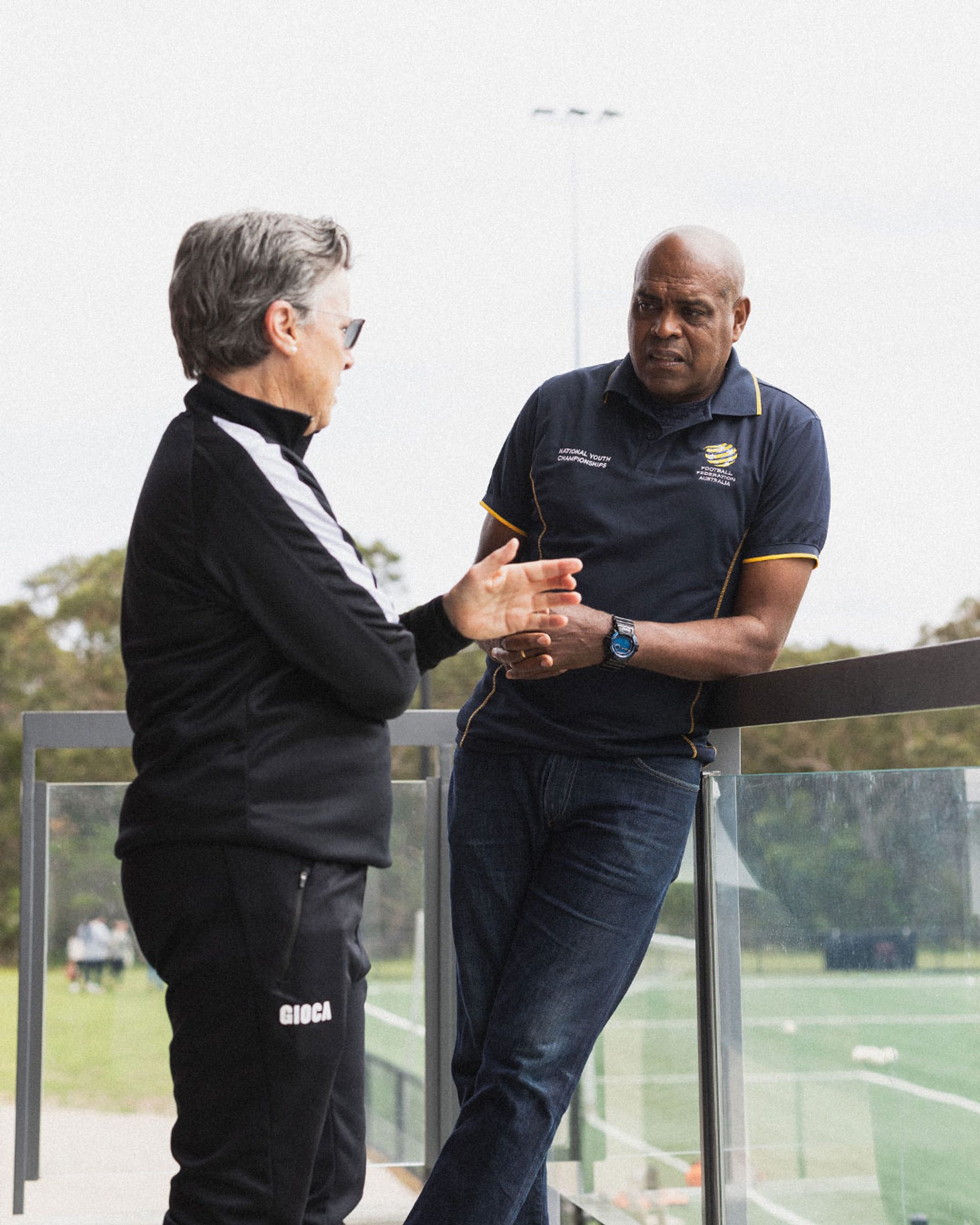
Perhaps less visible, but certainly ever-present, are the bonds created through games, whether they be online multiplayers or tabletop games like Dungeons & Dragons. In her profile of local games night coordinator Roberta Fassina, Lucinda Davies explores how ‘engaging in the kind of slow, imaginary building of alternate worlds’ can lead to friendships between people who may have little else in common.
Something else that became apparent to me while reading and editing these profiles is that our relationship to a place extends beyond our relationship with our biological families. Chosen or found families can present an important connection to the places where we live.
Something else that became apparent to me while reading and editing these profiles is that our relationship to a place extends beyond our relationship with our biological families. Chosen or found families can present an important connection to the places where we live. This became clear in both Robert Juan Kennard’s profile of Traidy Bugeja-Naidoo, as well as Tyler Heesh’s conversation with his friend Jerulin Jones Sparks. Both Traidy, who moved from Gqeberha, South Africa, and Jerulin, whose parents moved from Chennai, India, have found kinship in Parramatta. Jerulin’s family connected with a church community after a man heard her mother speaking Tamil in Parramatta Westfield; Jerulin now cannot imagine her life without this community.
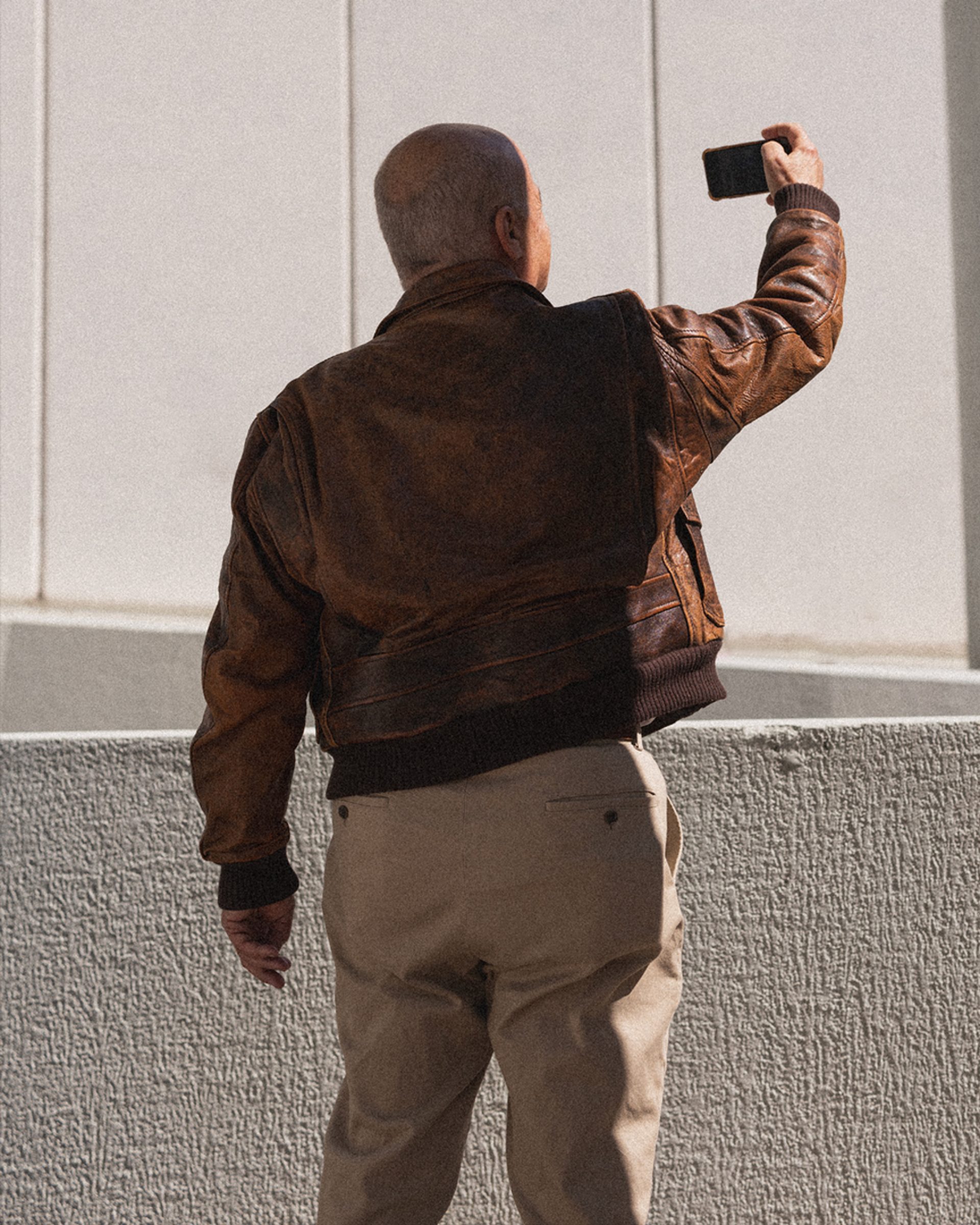
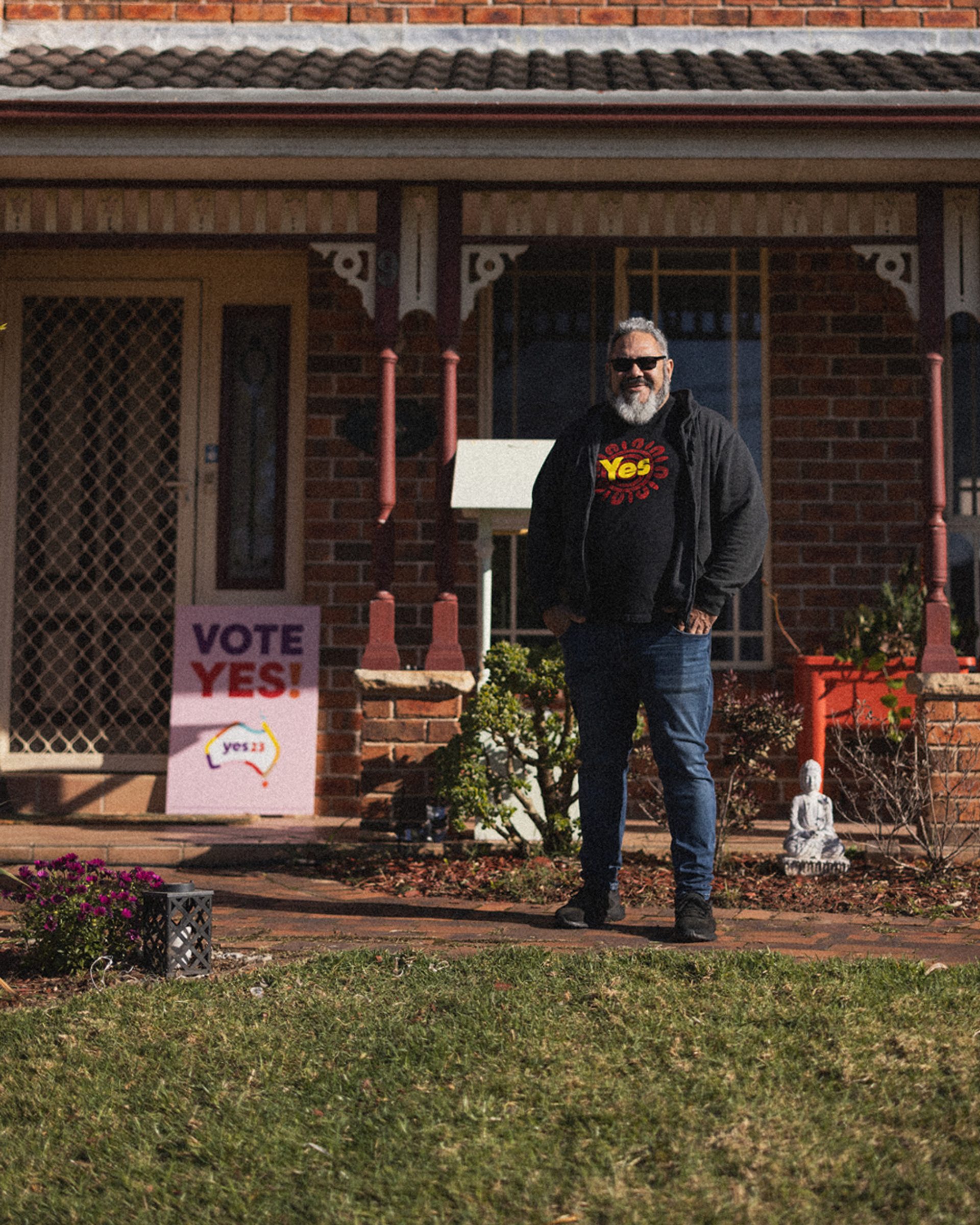
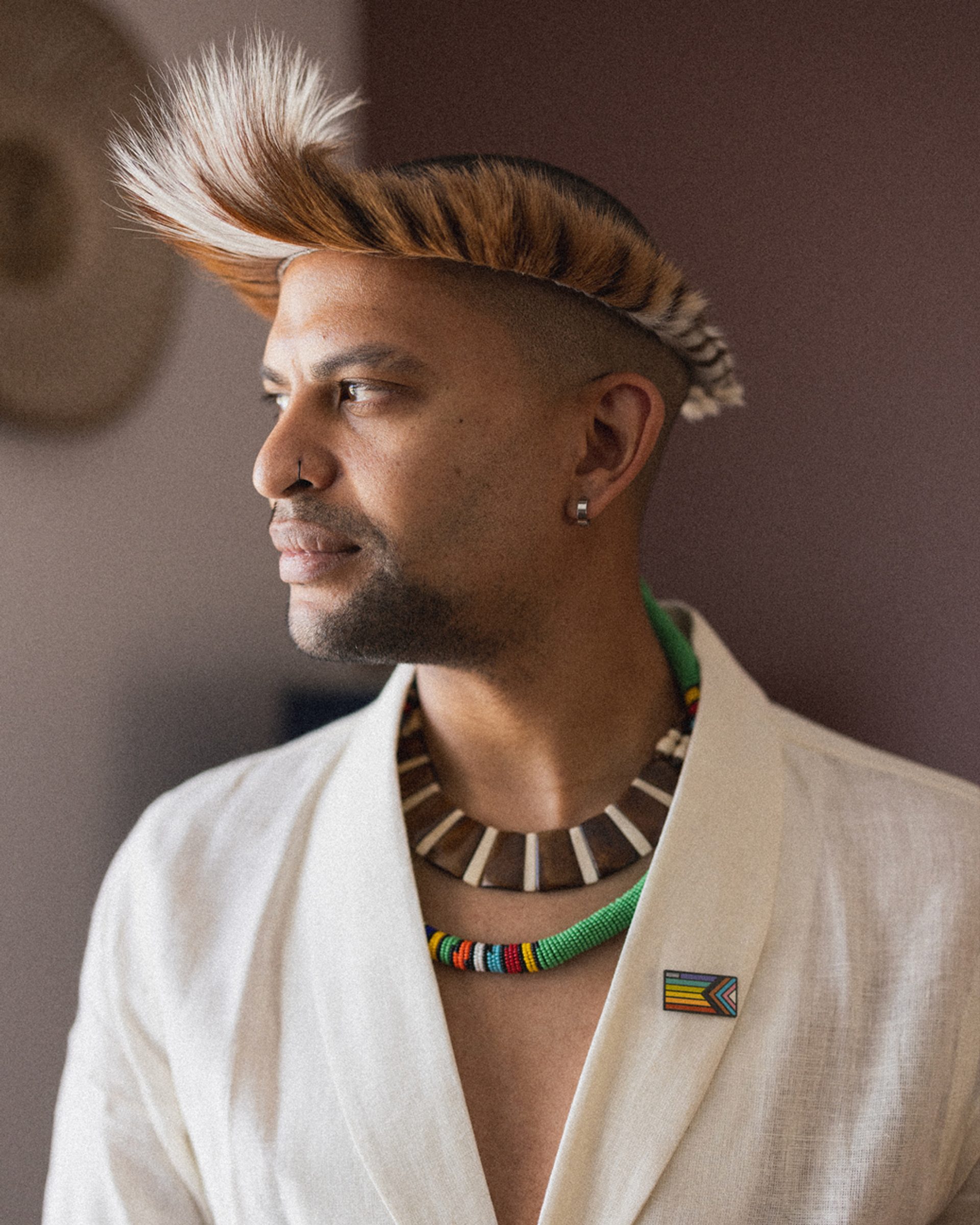
This very real sense of community – of relationships that bind us to place and time and on which we depend for not just survival but joy – is also present when talking about two things for which the area is known: arts and sports.
Jade Gomez’s profile of two former elite soccer players – her father, Gerry Gomez, and family friend Leigh Wardell – discusses the role sport plays in developing and deepening human connection. ‘It’s helping young people,’ Gerry says, ‘Passing on the knowledge to help them become better footballers and people in the community.’
Similarly, rapper Mr Matty B, who is profiled by Jacinta Zinghini, reflects on how arts and music events have a tangible effect on the lives of those in his community. He describes an event he helped run in Western Sydney for the broader Aboriginal community, which he calls a ‘healing experience’, not only for himself, ‘but for the community at large’. This sentiment is mirrored in Jonathan Payne’s piece on artist Kalanjay Dhir, who through joining the Parramatta Artists Studio community connected with collaborators and dreamt into being PARI — an artist-run initiative that now plays a pivotal role in the Western Sydney arts ecosystem.

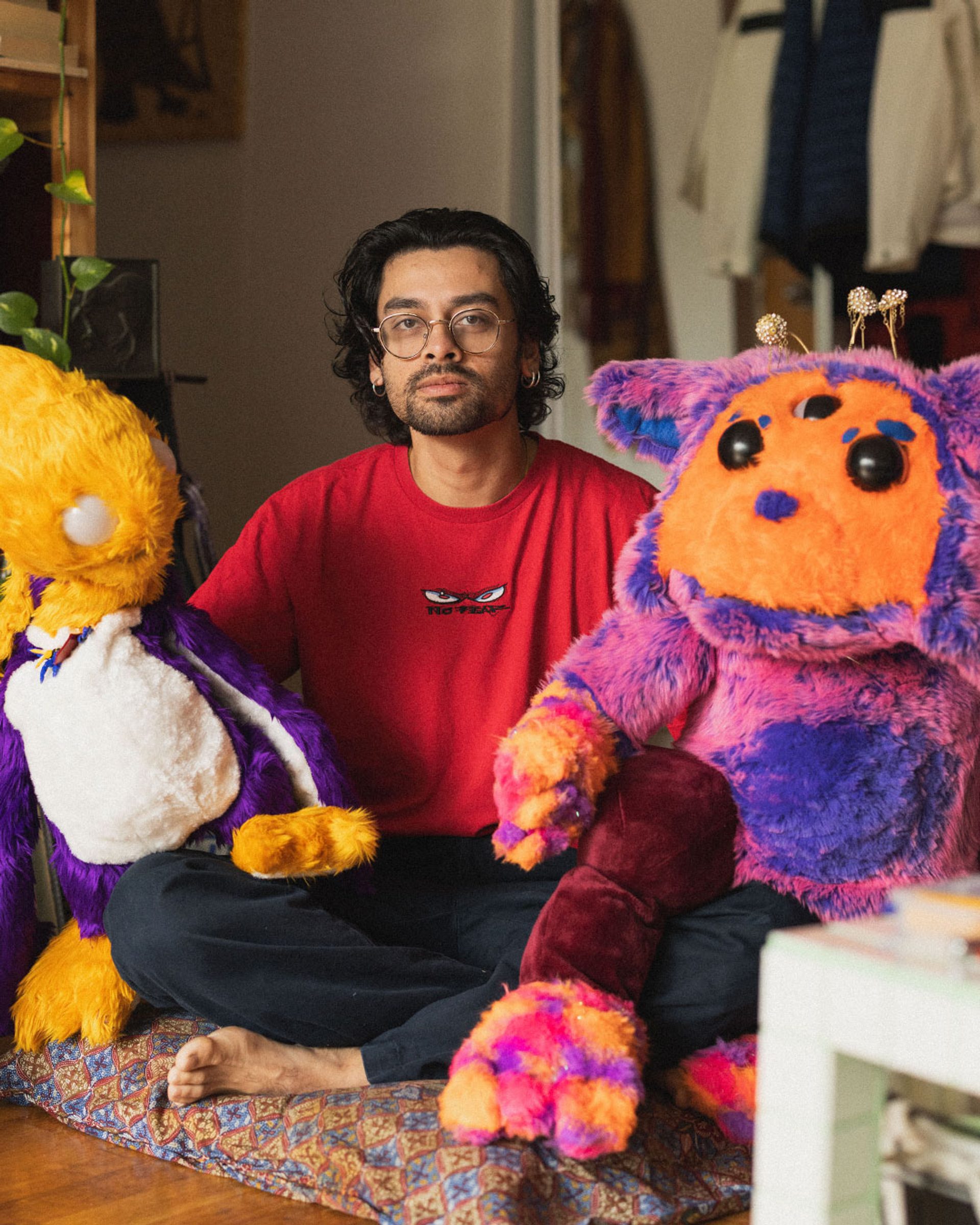
As we move between what are often newly defined borders, the lines of our stories and the stories of those we love cross each other through space and time.
These stories demonstrate how even if we are displaced from our families of origin or the place of our ancestral cultures, we can form new families or communities based on our proximity to each other and our shared dreams or struggles. These connections can change the lives of individuals and shape the future of the cities or towns we create our lives within. Nowhere is this more evident than in Matt Wildig’s profile of local Voice to Parliament campaigner Gav Harris, who not only deepened his commitment to help break down Indigenous stereotypes through the campaign, but also built meaningful relationships with other politically-minded community members. Harris now works to connect seemingly disparate issues and advocate for broader social change in Parramatta and beyond.
As we move between what are often newly defined borders, the lines of our stories and the stories of those we love cross each other through space and time. These are lines my father would recall every time we came to Sydney and passed any street he was remotely familiar with, and the lines my mother shares when I ask about her childhood spent in a Housing Commission property on the outskirts of Parramatta. Each corner or house or football field seems to contain a lifetime of memories; stories repeated so often they have become clearly defined, like a pen pressed firmly into paper. And it is within those stories, these memories, refracted and overlapping and embedded in each space and every relationship, that we may glimpse an understanding of just what this city means.
About the Author
Ellen O'Brien is a writer and editor based on Bidjigal land. Her writing has been published in NANGAMAY MANA DJURALI: First Nations Australia LGBTQIA+ Poetry, among other publications.
About the Series
Parramatta Profiles is a writing and photographic series that profiles individuals across Parramatta communities. Drawing on art, music, religion, activism and sport, each snapshot captures life in this dynamic city. A collaboration between Powerhouse and the Writing and Society Research Centre, Western Sydney University, this project supports the development of student writers by providing an opportunity to work with professional editors and be published by Powerhouse online.
Other stories within this series will be released over the coming weeks.













